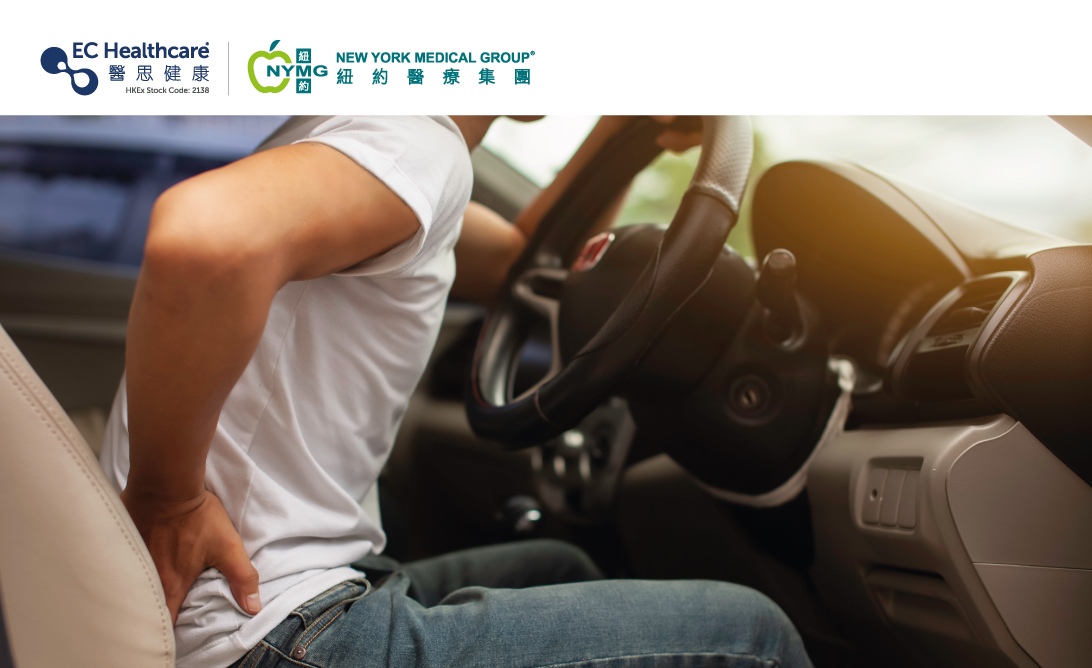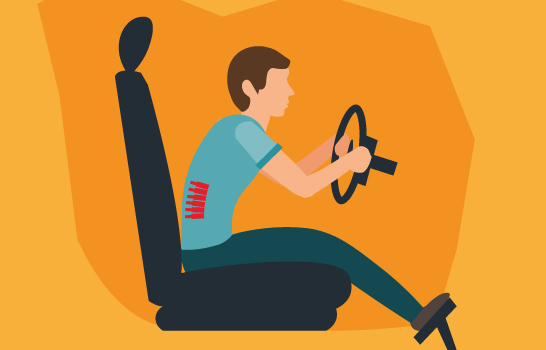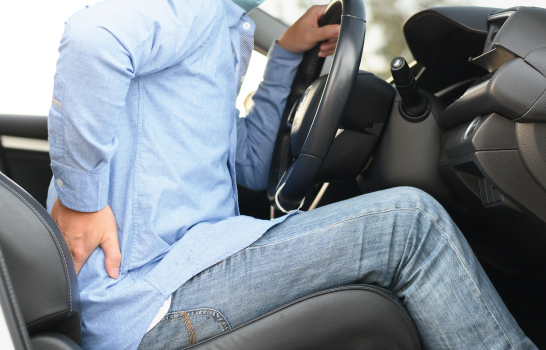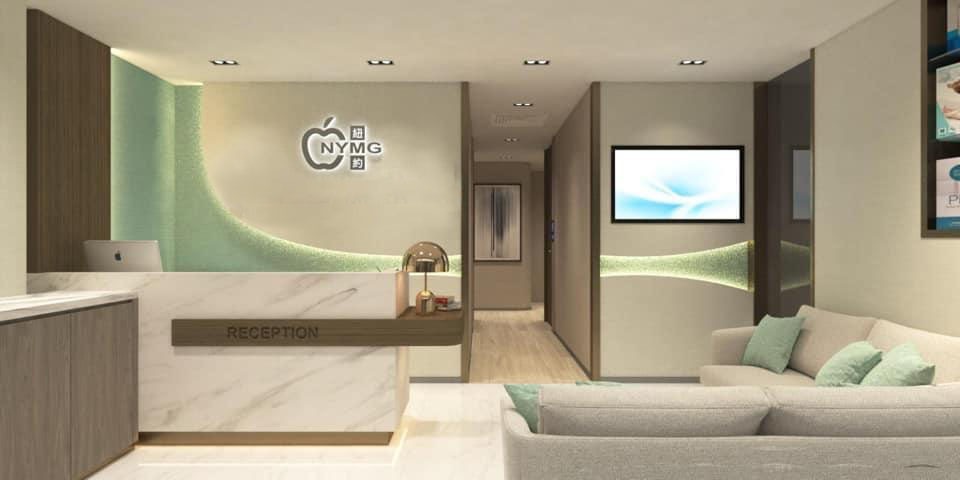Hit the Road with a Healthy Back: Tips to Prevent “Driver’s Pains”


Driving isn’t just a means of transportation, but also a source of thrill and pleasure for “holiday drivers”. But no matter what kind of driver you are, spending long hours behind the wheels can take a toll on your health, leading to the so-called “driver’s sickness/pains”, especially lower back pain induced by poor driving habits. Every year, the number of drivers experiencing pain in their backs and legs due to bad driving posture is on the rise, with a growing trend in younger drivers. So, what driving situations and bad habits can lead to back problems?

Poor driving postures
Some drivers like to push their seats all the way forward or backward, but it's actually not the right way to sit while driving. Sitting too far forward can cause constant tension in the limbs and lower back muscles, leading to muscle soreness over time. And if you sit too far back, you might end up with a herniated disc and long-term muscle tension in the lower back, leading to muscle strain over time.
It's actually not that hard to get the right driving position. Just tilt the seat back a bit and adjust the backrest so it forms an angle of 100-110 degrees with the seat (if you're not sure, just adjust the headrest until it's about 2-3 fists away from your occipital bone while you sit upright). The seat should also be adjusted forward or backward based on your height and body type. Generally, when you grip the steering wheel with both hands, your elbows should be bent at a 50-60 degree angle and your knees are naturally bent at around 60 degrees while your feet rest on the pedals. Try to position your hip towards the back of the seat and place a 2-3 inch cushion behind your lower back for support and to maintain the natural curve of your lumbar spine.
Driving with the air conditioning set too low
The cold temperature can make part of your blood vessels and muscles shrink, which means less blood flow and slower circulation. This can cause the accumulation of inflammatory factors in the tissues, making it difficult for them to be cleared, hence leading to soft-tissue sterile inflammation such as synovitis, ligamentitis, and fasciitis and resulting in pain symptoms. This is especially common when the seasons change and you're more likely to get lower back pain. Also, the low temperature can shrink your skin pores, which means you sweat less and can't get rid of harmful stuff from your body. So, don't set the air conditioning temperature too low just to cool off for a while. It's better for your health to open a window for ventilation or keep the temperature difference between inside and outside the car within 5℃.

Slamming the brakes often
When you hit your brakes hard, the inertia and forward force can cause your body to jerk forward, while your neck will snap forward and back violently and rapidly as well, causing whiplash injury over time. If you keep braking suddenly and frequently, your neck can be fatigued and strained, causing neck muscle strain, fasciitis, and even herniated cervical discs. So, it's important to develop good driving habits and drive smoothly, not only for safety but also to reduce the strain on your lower back. Plus, as private cars have a small interior space and driving can put your body and mind in a highly tense state, you should not drive continuously for more than two hours and should take a 10-minute break every hour. If you already have neck or back pain symptoms, seek professional help and receive appropriate treatment.
Related Brands







